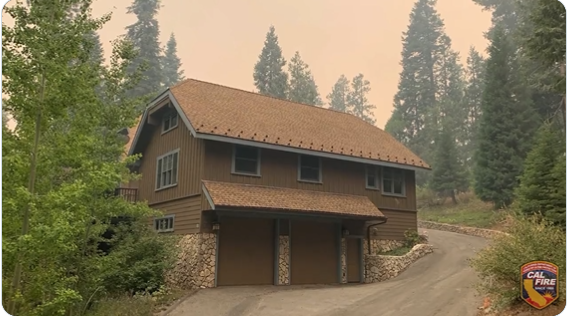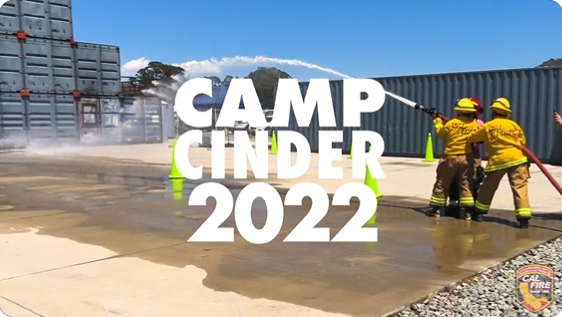Historic Night Mission Flown This Week
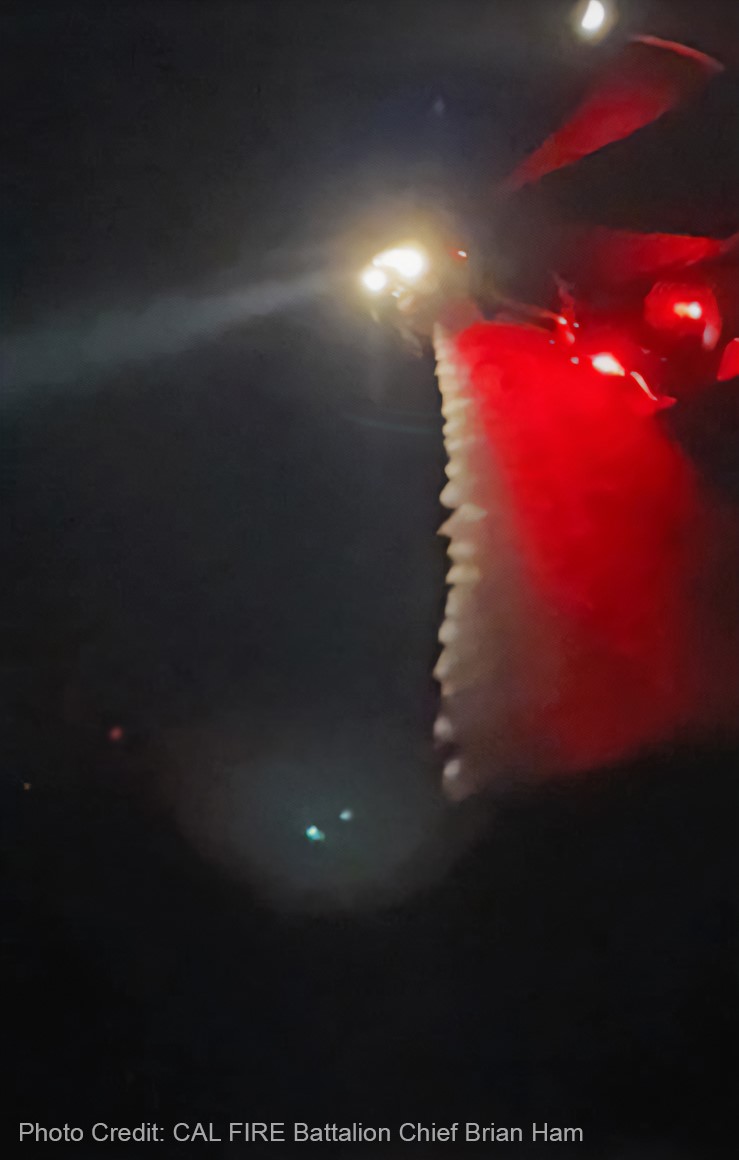
CAL FIRE’s S70i Fire hawk helicopter completed its first-ever night flying operation on the Electra Fire this week. California is the first state to fly night firefighting operations.
The S70i Fire Hawk helicopter night flying capabilities include fire suppression drops using fixed tanks, aerial supervision, emergency hoist & rescue operations. Night flying helps provide fire crews another important tool in the toolbox of fire suppression options available.
S70i Fire Hawk helicopters are in service throughout California as part of initial attack to wildfires.
CAL FIRE Hits Peak Staffing for Wildfire this Summer
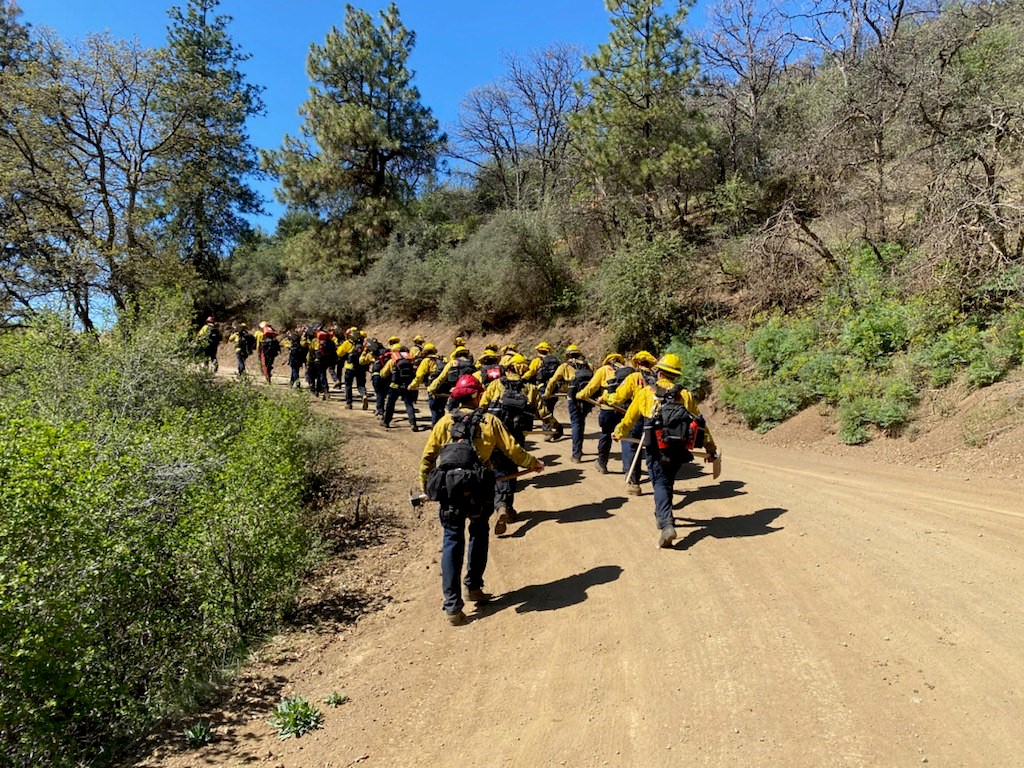
In June, CAL FIRE completed the transition to peak staffing across California and continues to report progress on key fuels reduction and forest health projects.
Peak staffing ensures all CAL FIRE stations are open and staffed 24 hours per day; response capabilities are enhanced; all aircraft are prepositioned and staffed; and crews are staffed, trained, and working.
Early augmentation funding, approved in partnership with the Legislature last year, has allowed CAL FIRE to:
- Increase engine staffing by 44%
- Staff 136 engines in the northern region (an increase of 64)
- Staff 126 engines in the southern region, an increase of 16 (earlier than in years past);
- 16 exclusive-use aircraft are available statewide, which is on top of CAL FIRE’s existing aerial fleet of more than 62 aircraft;
- 16 additional hand crews are operational now as a result of the budget augmentation for fire prevention and emergency response.
More Than 100,000 Acres Treated to Prep for Wildfire Season, Years Ahead of 2025 Goal
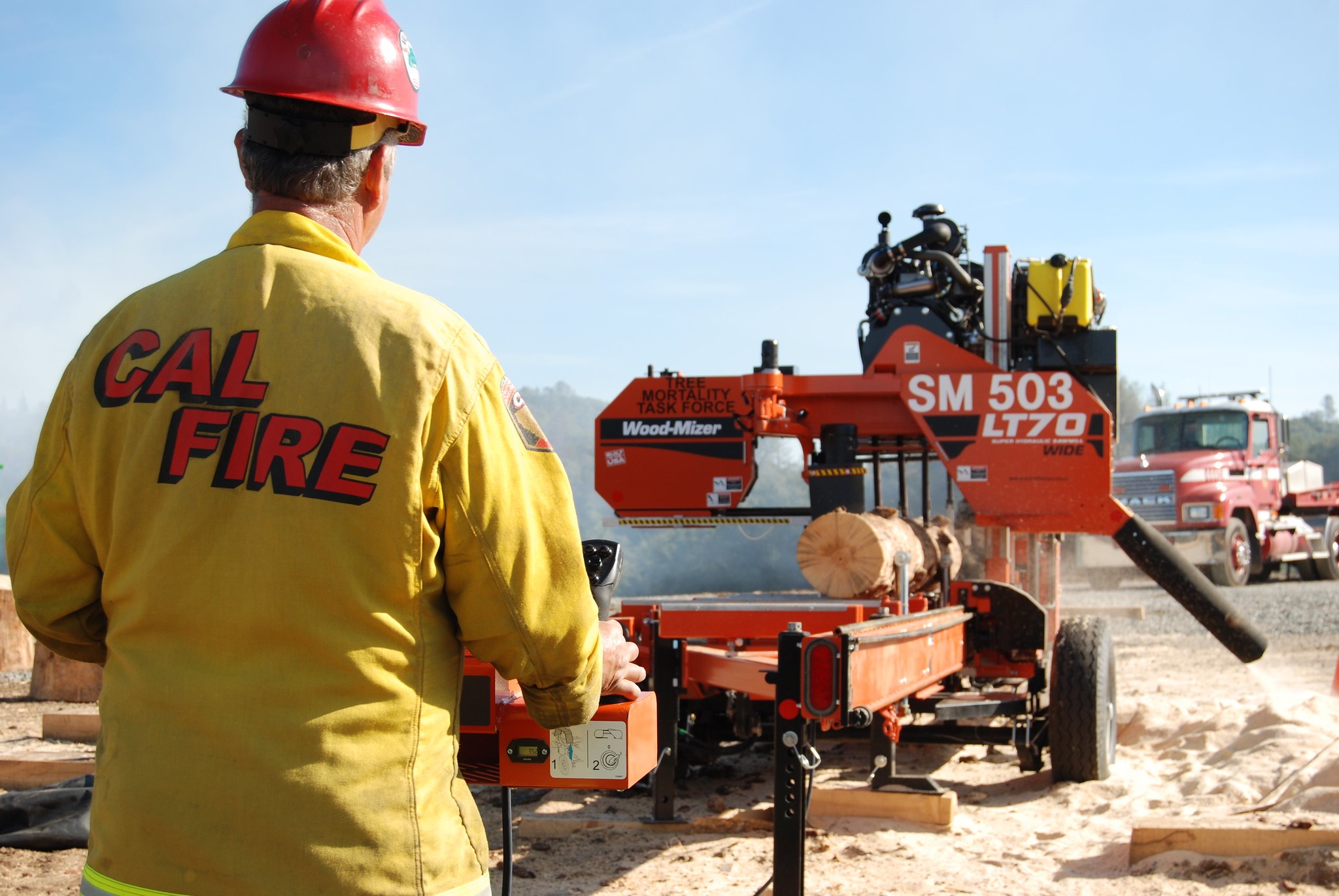
CAL FIRE treated approximately 110,925 acres across more than 600 projects last fiscal year in preparation for this year’s wildfire season, exceeding the state’s goal of treating 100,000 acres by 2025.
“Although conditions have varied geographically throughout the state, weather conditions, fuel loads, and the number of fire incidents have guided the Department’s thorough response and overall preparedness moving into the summer months,” said Chief Joe Tyler, CAL FIRE Director/Fire Chief. “Even as we ramp up our preparations for wildfires that are now occurring year-round, we continue to accelerate forest health and fire prevention projects throughout the state, launching more than 603 wildfire resilience projects from last year’s budget, ranging from fuel breaks to prescribed burns to fuel reduction.”
$810 Million Going to Combat Wildfire
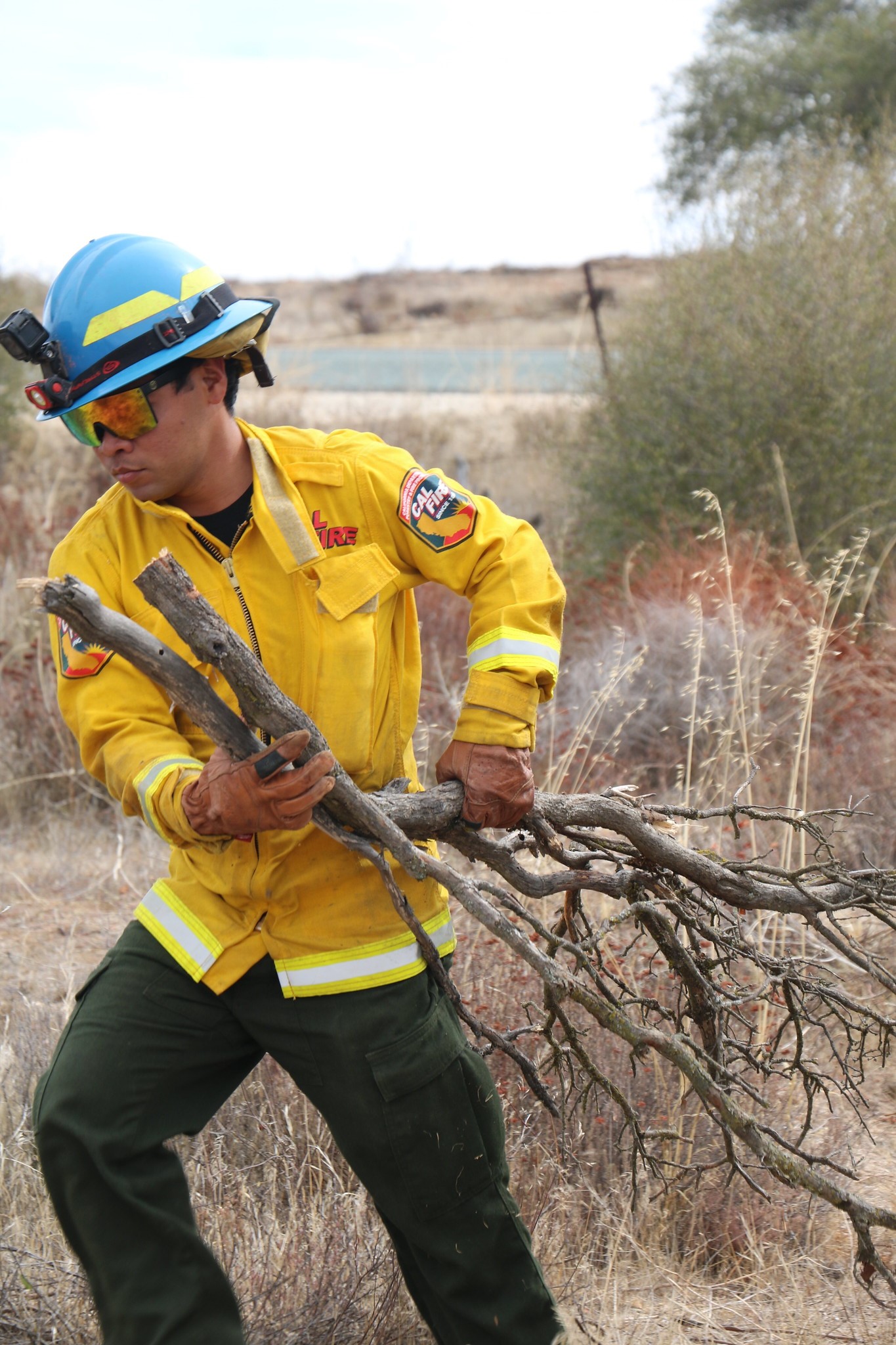
California is investing an additional $810 million to strengthen the state’s firefighting and prevention capabilities. The funding is part of the California Climate Commitment, the biggest climate investment in history – a $53.9 billion plan to protect Californians from the worst impacts of climate change like climate-driven wildfires and drought, cut air pollution and accelerate the transition to clean energy.
Here’s what the investments mean for California:
- 1,300 new positions, with an additional 500 in the coming years
- 37 additional fire crews statewide
- Expanded forest health and resiliency efforts
- Strategic fuel breaks projects that will enable local communities to develop their own fire safety projects
This State Program Saved 17 Homes and 160 Acres from 2020’s Creek Fire
In 2020, the Creek Fire burned 379,895 acres & destroyed 858 structures. At Rock Haven, near Shaver Lake (Fresno County), 17 homes and 160 acres were saved because property owners used the California Forest Improvement Program to manage their forestland.
Have You Heard of Camp Cinder?
CAL FIRE hosted two five-day firefighting camps introducing girls ages 14 to 18 to careers in fire service. The girls at Camp Cinder learned hands-on firefighting experience and wildland firefighting tactics.

